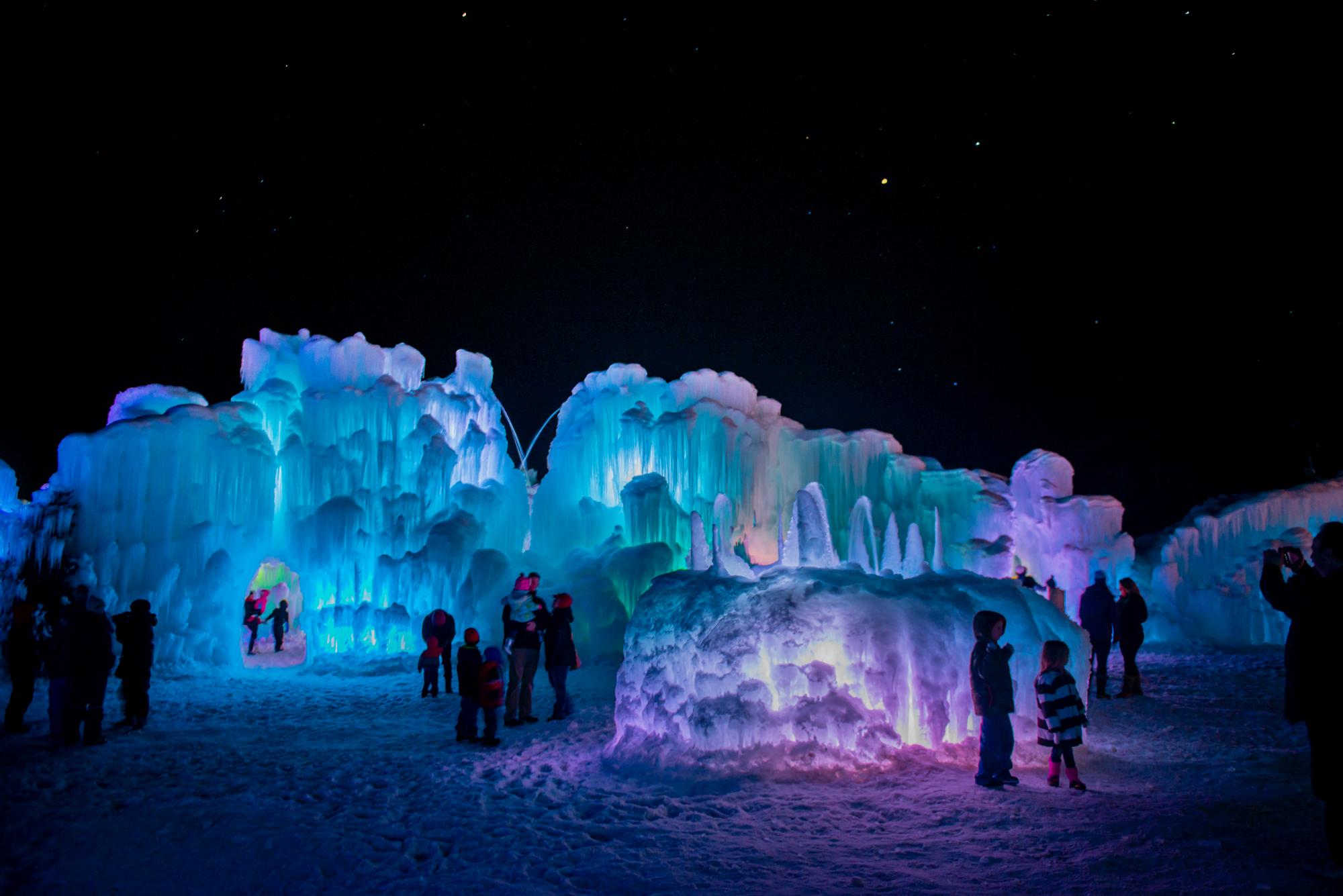

If this shield disappears, more land ice could flow or fall into the ocean, though some of this loss could be counterbalanced by more snow falling onto the continent. Sea ice also serves as a protective, frozen moat around Antarctica - shielding the continental ice sheet and its glaciers, which have already been destabilized by climate change, from the warmer ocean and the eroding force of wind and waves. When sea ice melts earlier in the season, before emperor penguin chicks develop waterproof adult feathers, the chicks can drown. Larger emperor penguins, recently listed as threatened under the Endangered Species Act, depend even more directly on sea ice: they lay their eggs and raise their young on these floating habitats. Less sea ice means less krill and less food for Adélies.

In some parts of the continent, Adélie penguins eat exclusively krill, a tiny crustacean that thrives in icy water.

The sea ice’s decline is causing real consequences both locally and globally.īoth of Antarctica’s native penguin species rely on sea ice. While other factors are also at play, these hot spots line up with the areas on the coast where sea ice has been unusually slow to form, said Dr. Sea surface temperatures have broken records this year, and there are currently three patches of unusually warm water around Antarctica.


 0 kommentar(er)
0 kommentar(er)
